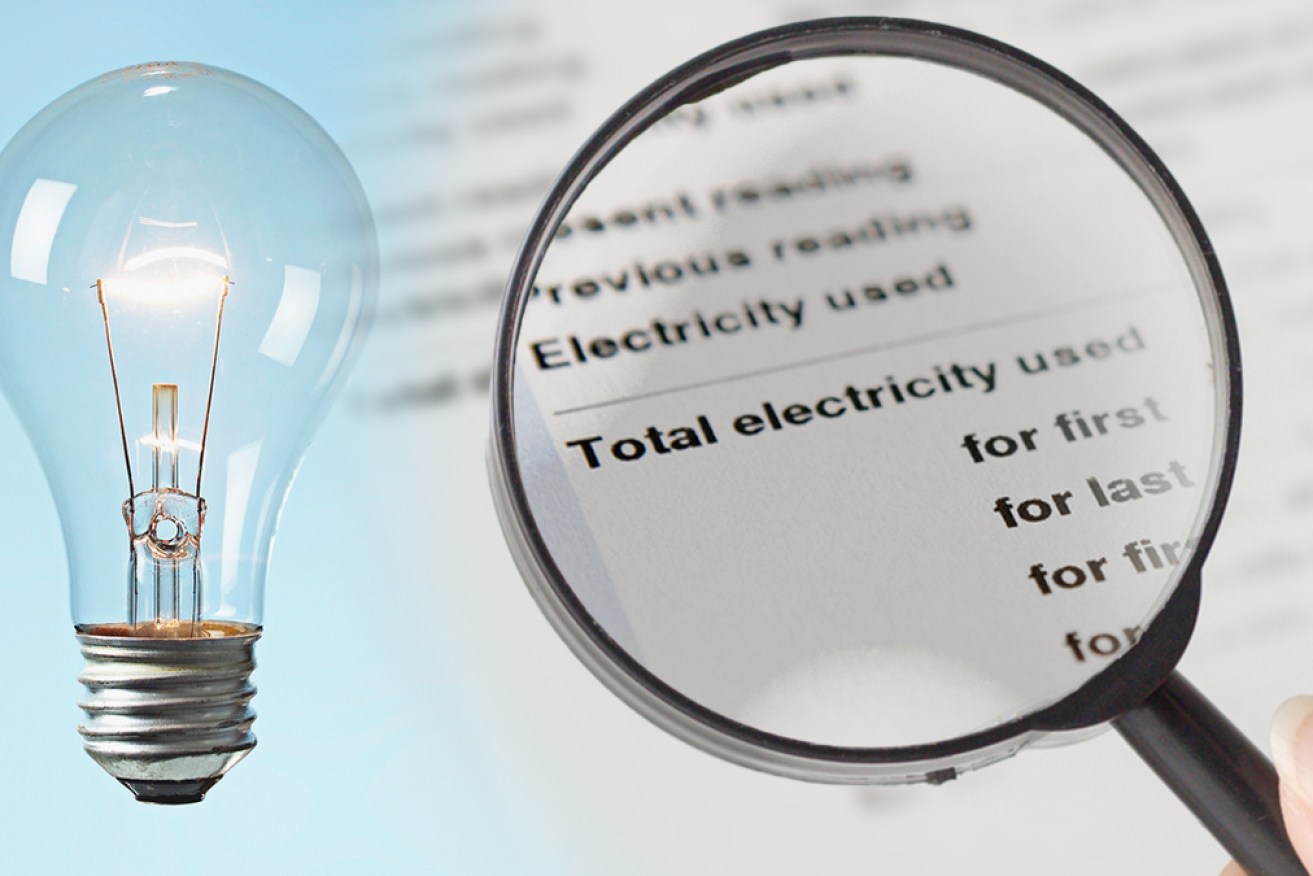Australians caught out by electricity bill jargon could pay hundreds in added costs


Taking time to understand the finer details of an electricity bill could mean hundreds of dollars in savings. Photo: TND
Households struggling with rising energy bills are paying more than they should be for their electricity.
By not reading up on the finer details of their bills they are often paying avoidable charges and excessive fees, a new report warned.
And with more Australians tipped to work from home well into summer – when the use of cooling spikes – experts are imploring households to do their homework to incur some much-needed savings.
Findings from consumer comparison website Finder revealed nearly three in 10 households – the equivalent of 5.1 million Australians – have little to no understanding of their electricity bill and how jargon-like terms contribute to their payments.
Over a third of households (34 per cent) were unable to cite how much energy their household was using, while 9 per cent would not know where to find that information in their paperwork.
More concerning, Generation Z had significantly weaker levels of bill literacy (9 per cent) compared to Baby Boomers (57 per cent).
Finder insights manager Graham Cooke said confusion over important terms in an electricity bill could see households stung with hundreds of dollars in excess costs.
Tweet from @consumer_action
But there is a simple fix.
“If you’re not sure about a certain charge on your bill, it’s always a good idea to query it with your retailer,” Mr Cooke said.
“It’s always worth calling your retailer’s customer service number with any concerns or questions because if you don’t ask, you’ll never know.”
Understanding an energy bill’s finer details may not only lead to slashed costs through changed usage patterns (to capitalise on off-peak periods) but assist households find a better deal elsewhere.
Market analysis by Canstar Blue found customers could save more than $400 in New South Wales, $300 in Queensland, $200 in Victoria and $350 in South Australia per year by switching from a plan around the default market offer to one of the lowest-priced providers.
Considering the coronavirus pandemic has placed considerable strain on household budgets, Mr Cooke said switching providers could provide much-needed relief.
Meanwhile, research compiled by MyState Bank also found half the Australian population would currently be unable to afford a $200 increase in monthly household expenses.
More than a third dipped into their life savings to afford living expenses such as groceries and regular bills – with half of those people now draining more than half of their balances.
Shadforth Financial Group private client adviser Shayne Sommer told The New Daily now presents an ideal time for a “pulse check” of household expenditure, before the expected rise in summer spending.
Tweet from @DELWP_Vic
By comparing energy bills from the same time last year, households can predict how costs may change over the coming months and pinpoint any inconsistencies they could raise with their provider, Ms Sommer said.
“Some providers will allow you to log in to an online portal and allow you look at all of your energy bills to see how much it was last year, what it has been more recently, what the increase was and that can help you prepare for any bill shock,” Ms Sommer said.
“And notice where things may be out of the ordinary.
“We may be working from home more, but that might be offset by not travelling to work, so it’s about being aware of what’s coming in and going out the door, and that can mostly be done upon reflection.”
Common electricity bill terms and what they mean
- Usage rates: How much households are charged for each unit of energy they consume (measured in cents per kilowatt hour)
- Tariff: The set price households pay – either a flat or variable rate (that could apply to off-peak usage or consumption over a certain threshold) – for the energy they use
- Controlled load: Rates for the use of a single appliance (for instance, a heated pool, underfloor heating or electric hot water usages), which are usually calculated via a meter attached to that appliance
- Relative usage to others in your area: What your household uses in comparison to other households in your local area.








